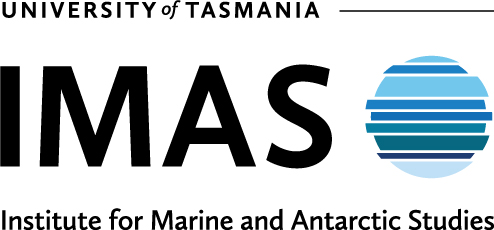Fishery Management
The Banded Morwong Fishery in Tasmania is managed using a combination of input and output controls (summarised in table below). The fishery has undergone numerous management changes over time. The commercial fishery in Tasmania is currently managed as two areas: an area in which individual transferable quotas are used to limit a total allowable catch (TAC; the TAC area), and an area in which it does not (the non-TAC area). In order to fish for Banded Morwong within the TAC area a person must hold a fishing licence (Banded Morwong) which has uncaught quota units authorised on it. There is no quota management outside the TAC area and any holders of a fishing licence (Banded Morwong) can fish in this region with or without quota authorised to their licence. A temporal closure is in place for 1st March to 30th April in each year, encompassing the species’ peak spawning period. The species is subject to keyhole size limits, which are currently set at a minimum legal size of 360 mm fork length (FL) and a maximum legal size of 460 mm FL. A bag limit of two fish and a possession limit of four fish is in place for recreational fishers. For management and assessment purposes, a limit reference point has been agreed to whereby a spawning stock biomass (SSB) of 30% of the initial spawning stock biomass (SSB0) must be exceeded in five years (2026) with a 90% probability. This limit reference point exceed commonly applied thresholds of 20% to account for the longevity and potentially high vulnerability of Banded Morwong.
Schematic boundaries of the stock assessment areas for the banded morwong fishery. The TAC area comprises of assessment areas 1 – 3 and is shaded red. The non-TAC areas (4 and 5) is shaded green.
Summary of management controls for Banded Morwong in Tasmanian waters:
| Fishing Method | Mainly gillnet |
| Management Methods | Input control: Gear licence (Scalefish fishing licence). Species licence (Banded Morwong licence). Temporal closure (March-April). Output control: Possession limit of 4 and bag limit of 2 individuals for recreational fishers. Minimum and maximum size (360–460 mm fork length). TAC of 35.8 t for the 2021/22 quota year (representing a single-year increase from 31 t to compensate for COVID impacts. |
| Main Market | Interstate |
A quota management system with a Total Allowable Catch (TAC) was introduced in late 2008 to regulate fishing mortality at key fishing grounds on the east coast. The TAC has undergone a staged reduction from 38.8 t in 2012/13 to 31 t in 2017/18. The TAC remained at 31 t until the 2021/22 season, where it was set at 35.8 t. The TAC remained at 35.8 t until and including the 2023/24 season and was set at 33.4 t for the next 2024/25 season. Originally, the increase was intended to allow the fishing industry to recover from a 23.9% TAC under-catch in 2020/21 that was due to deflated market conditions during the COVID-19 pandemic. In addition, a temporal closure is in place for 1st March to 30th April each year, encompassing the species’ peak spawning period. The species is subject to keyhole size limits, which are currently set at a minimum legal size of 360 mm and a maximum legal size of 460 mm.
Post-release survival of Banded Morwong under current maximum permitted gillnet soak durations is very high (Lyle et al. 2014a). Gillnetting was considered a medium risk activity to Banded Morwong populations in the Ecological Risk Assessment (ERA) of Bell et al. (2016), with the authors recognising that current management arrangements (namely the TAC and individual catch quotas) have the objective of gradually rebuilding biomass.



